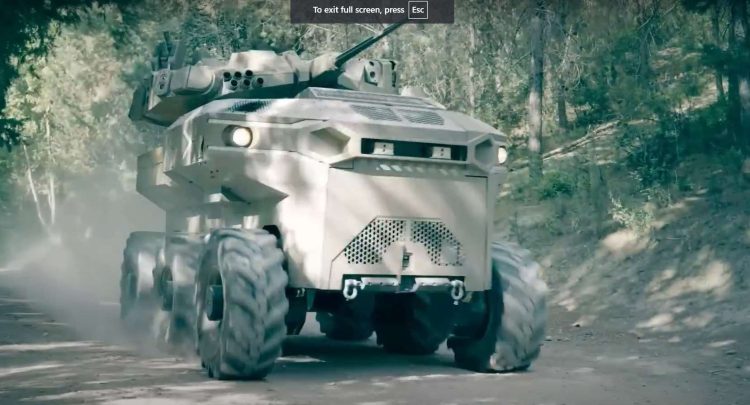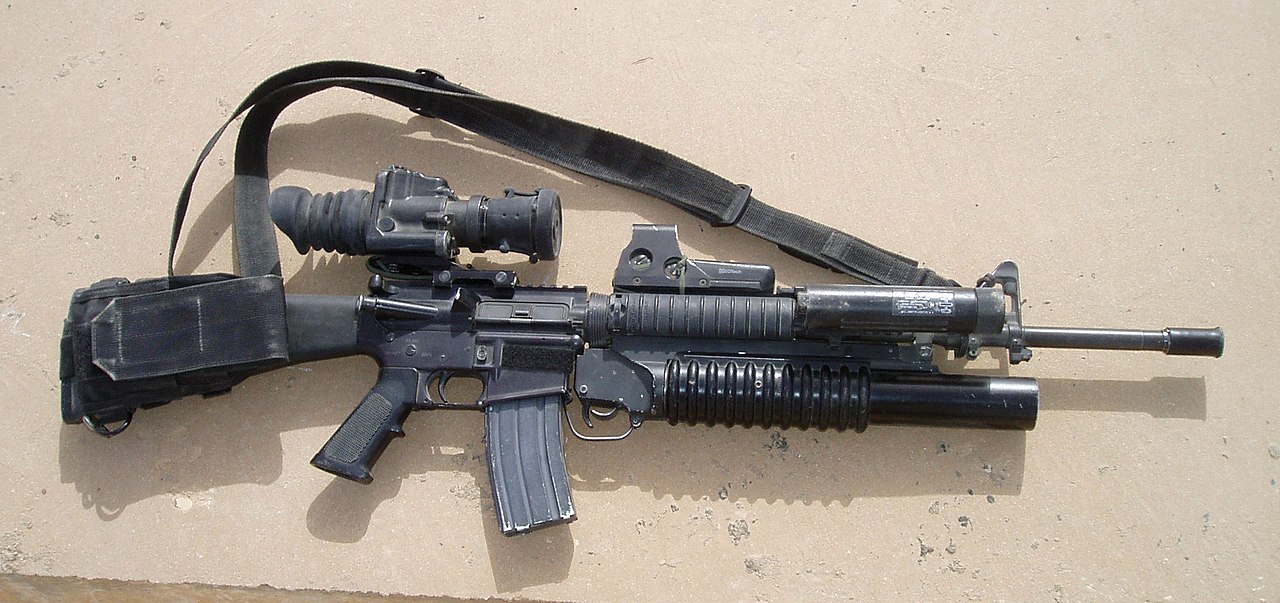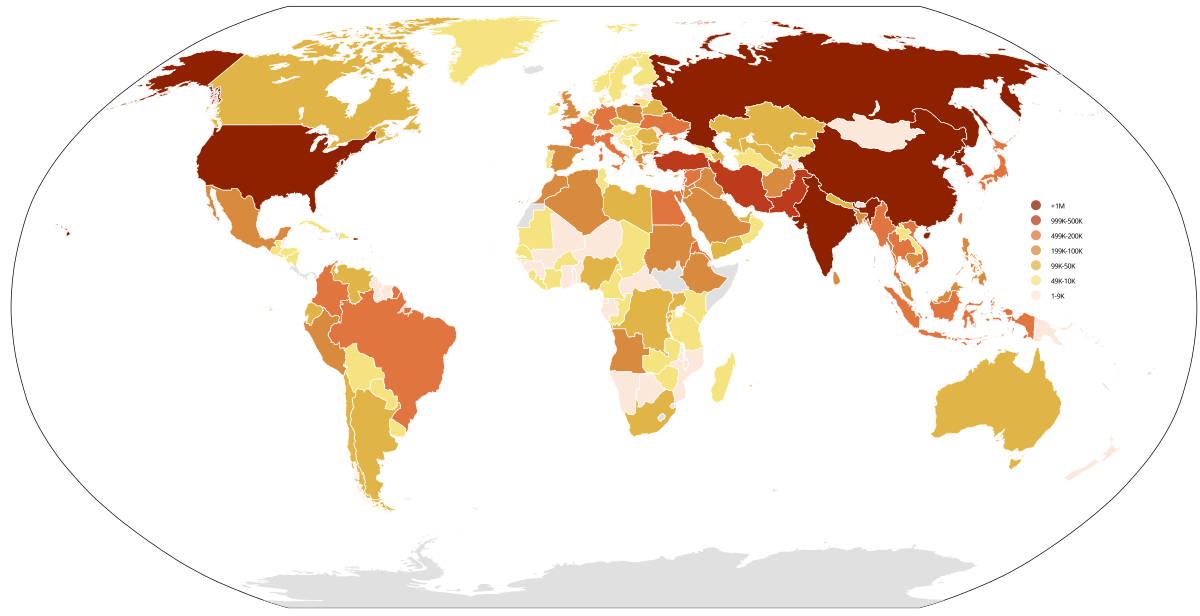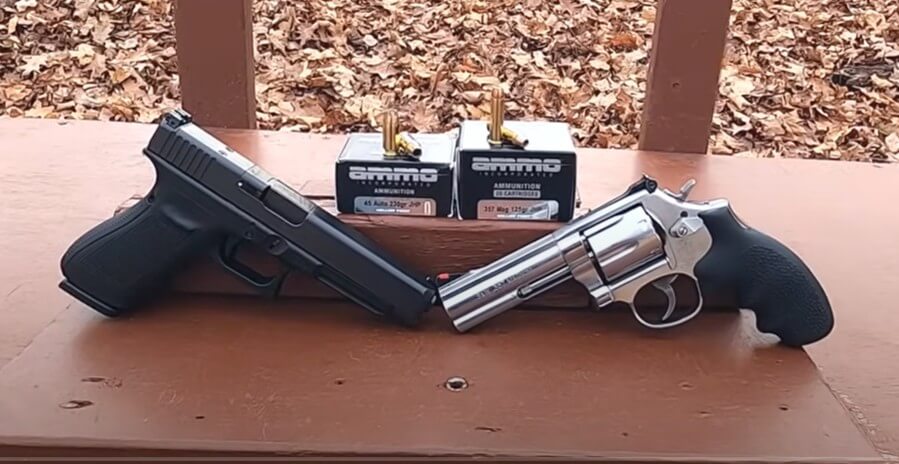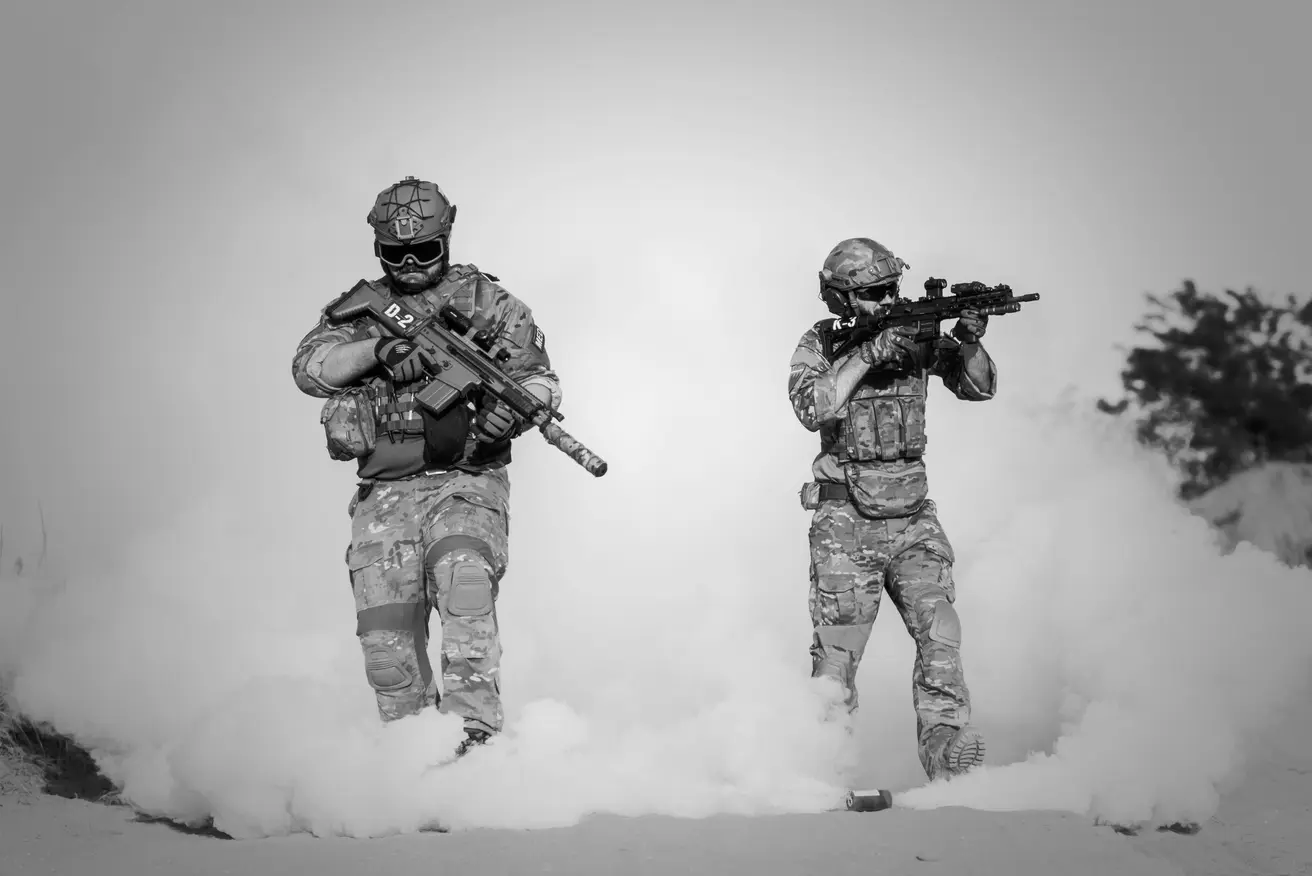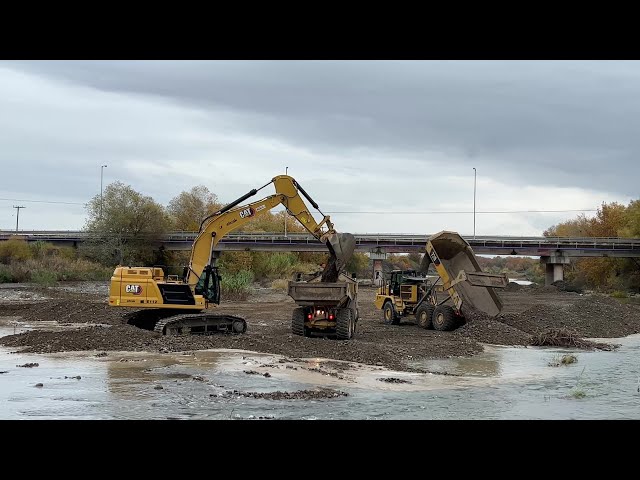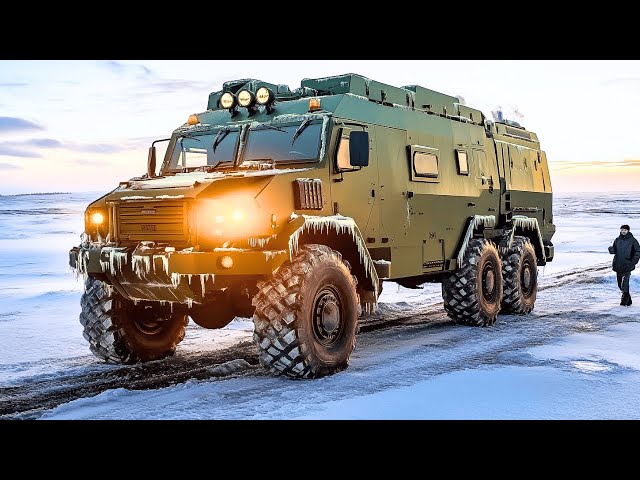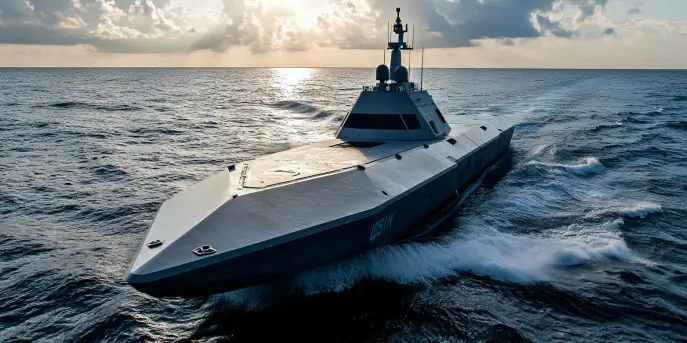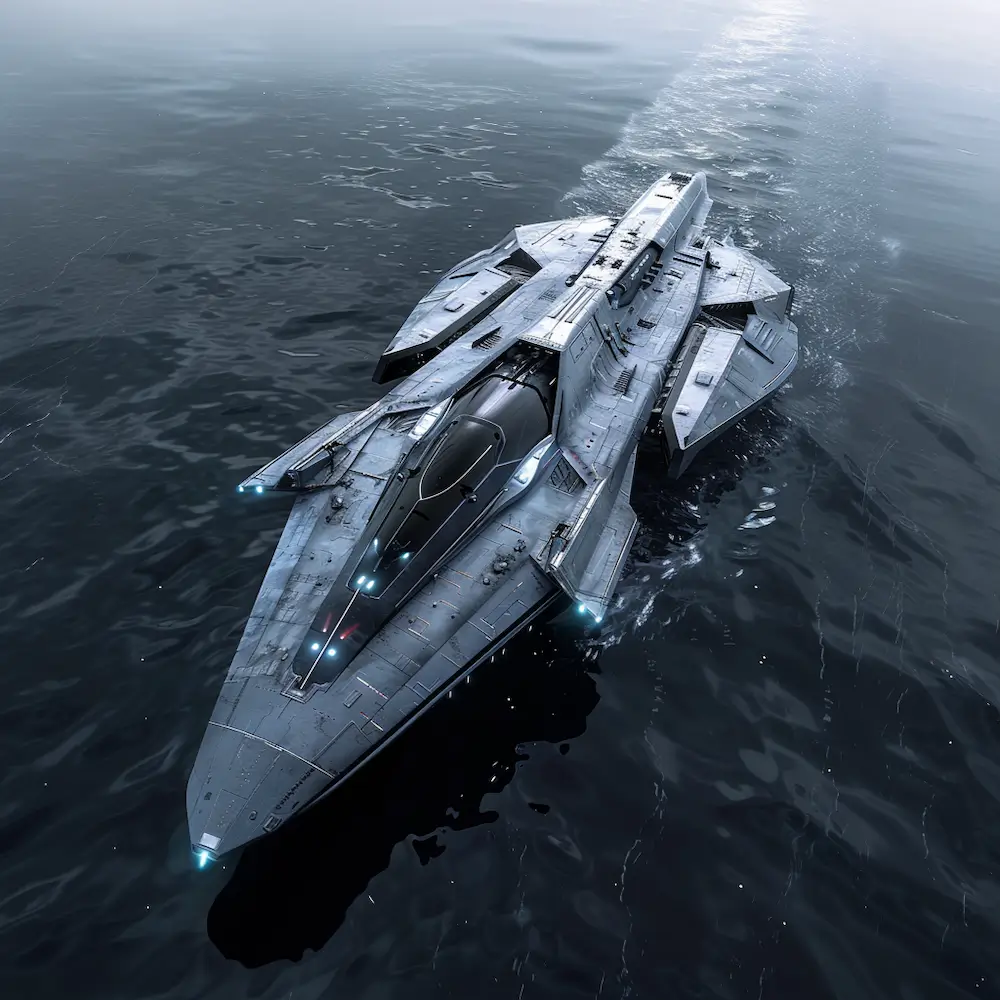The Evolution of Modern Warfare
In the ever-evolving landscape of modern warfare, technology continues to be at the forefront of strategic advancements. Among the latest innovations is the ROBUST Robotic Combat Vehicle, a cutting-edge solution designed to enhance operational efficiency and effectiveness on the battlefield. This autonomous vehicle is not just a product of engineering brilliance but also a testament to the increasing role of robotics in military operations.
Design and Development
The ROBUST Robotic Combat Vehicle (RCV) has been developed with the primary objective of minimizing human risk and maximizing combat capabilities. Designed by a team of skilled engineers and scientists, its development process involved cutting-edge artificial intelligence, advanced materials, and sophisticated weaponry systems. The use of robotics in combat scenarios represents a significant shift to safer and more controlled forms of engagement.
Key Features and Specifications
- Autonomy: Equipped with advanced AI, the ROBUST RCV can navigate complex environments independently. Its sensors and mapping technologies allow for precise maneuverability.
- Armament: The vehicle is outfitted with modular weapon systems that can be customized based on mission requirements, including but not limited to laser-guided missiles and automatic cannons.
- Durability: Built with next-generation composite armor, it provides superior protection against ballistic threats and explosive devices.
- Mobility: The ROBUST RCV features all-terrain capabilities, enabling it to traverse various landscapes with ease.
- Communication: Integrated encrypted communication systems facilitate seamless coordination with human-operated vehicles and command centers.
Technical Specifications
| Feature | Description |
|---|---|
| Power Supply | Hybrid electric-diesel engine |
| Speed | Up to 60 mph on roads |
| Range | 500 miles operational range |
| Weight | Approximately 16,500 lbs |
| Payload Capacity | Up to 8,000 lbs |
Strategic Advantages
The integration of the ROBUST RCV into military units offers numerous strategic advantages. First, its ability to operate in dangerous environments without human intervention drastically reduces casualties. This capability is especially beneficial in urban warfare, where combat situations are intensely unpredictable and risky.
In addition to its combat prowess, the ROBUST RCV aids in intelligence, surveillance, and reconnaissance (ISR) missions. Its high-definition cameras and long-range sensors ensure that commanders receive real-time data, crucial for making informed tactical decisions. Furthermore, its autonomous nature allows for operations to be carried out with a steady pace, minimizing human error and reaction times.
Challenges and Future Prospects
Despite its technological achievements, the ROBUST RCV faces challenges typical of emerging technology. One of the primary concerns is cybersecurity. Ensuring that these vehicles cannot be compromised by adversaries is paramount, driving continuous innovation in secure communication protocols and data encryption techniques.
Looking to the future, the potential applications of the ROBUST RCV extend beyond military engagements. The technology developed for these vehicles is likely to spill over into civilian use, potentially revolutionizing fields such as search and rescue, disaster response, and environmental monitoring. This crossover could foster developments in autonomous vehicles for commercial use, shaping a new era of robotic integration into daily life.
In conclusion, the ROBUST Robotic Combat Vehicle represents a significant milestone in military technology, enhancing capabilities while reducing human risk. As these systems become more advanced, they will undoubtedly continue to transform both warfare and societal interactions with technology.
